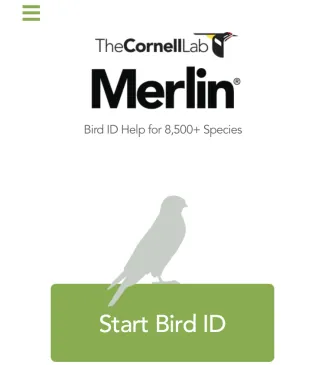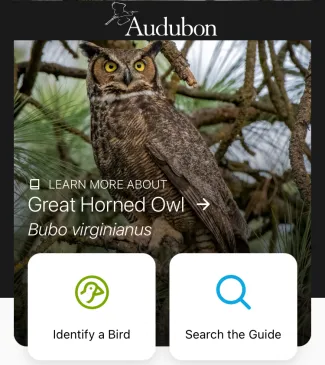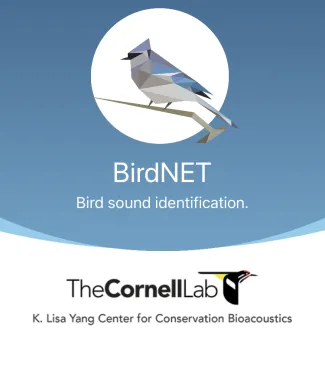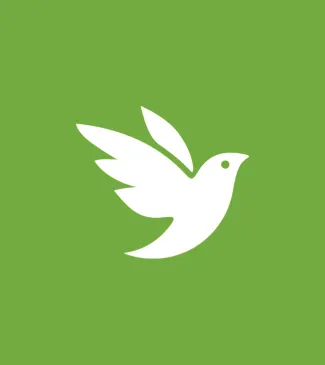Cool mornings, with rich dew and gentle northern breezes, are the first real signs that our hot Oklahoma summer is beginning to yield to the inevitable changing of seasonal guard. The days that lie ahead are filled with the great southern migrations, the intensity of rut, and frantic storing of this year's harvest before the cold days of winter set in. As you take to the field this season, you may find yourself hearing a buzz, a chirp, or a distant drumming while sitting in your tree stand. You may even catch a glimpse of a brightly colored bird hopping around while glassing for that hit list whitetail and you ask yourself, “what is that?”

White-crowned sparrow.
You might be thinking you don’t want to carry some heavy field guide while trekking to your favorite tree stand, and neither do I. But I bet you are carrying your phone while navigating to the aforementioned tree stand and if you are, then that’s all you need.
Bird identification apps for your smart phone are a dime a dozen. Here are a few that I use:
Apps for Identifying Songbirds
- Merlin
- Image

Merlin is by far my favorite; this app is produced by the Cornell lab of Ornithology and powered by eBird, the world's largest database of bird sightings, sounds, and photos.
Merlin allows you to explore the ornithological world in four ways. First, by answering a few simple questions about your observed bird, including the date and location of the sighting, and the bird’s main colors, body size, and the activity. Merlin then filters your answers and pulls results that best match. The next option within Merlin is Photo ID. Simply upload a photo and Merlin will provide a list of possible matches. One great thing about this feature is it works completely offline. Merlin also has the ability to take sound recordings and identify who’s singing in real time. You can also explore birds by region.
Pretty cool, huh? Almost like magic! You can also download the accompanying app, eBird, to log data about your sightings.
For Apple l For Android
- Audubon Bird Guide
- Image

The next app is from the National Audubon Society and is simply called the “Audubon Bird Guide.” It is jam packed with all kinds of features.
You can identify birds, learn characteristics, keep track of your sightings, and explore what other birds could be spotted around you. This is a complete pocket field guide to the 800-plus species of birds in North America; you get to see high-quality photos, field guide style drawings, range maps, and hear the songs and calls at your fingertips. The app also gives you the ability to log your data to eBird.
For Apple l For Android
- BirdNET
- Image

BirdNET is another research application coming out of the Cornell Lab of Ornithology.
This citizen science platform uses your phone’s internal microphone to record bird songs and then helps identify what is in the recording. This is done by artificial intelligence that is continually analyzing the bioacoustics of birds and can identify approximately 3,000 of our most common birds in North America and Europe. This app is great to use when the foliage is preventing you from getting a good look at the bird, which is just about any time it's not winter!
As you use this app, you will begin to hear the world around you no matter if you're in the field or the backyard.
For Apple l For Android
- iNaturalist
- Image

Lastly, iNaturalist is unique to this group of apps because it is more of social media style app that allows its users to learn and share biodiversity information.
This isn't just for bird identification; it allows users to identify plants, insects, animals, and even fungi, with picture suggestions, and then logs the data to create a list of your observations. You can even look to see if anyone in your area has reported a sighting.
Users can join groups to add sightings to ongoing biodiversity projects to help better understand the distribution across the landscape.
For Apple l For Android
As a private lands biologist, I am always being asked by landowners or family members to help identify something. Hopefully, these resources will help expand your knowledge of what may be in your backyard or favorite hunting spot. Good luck in all of your pursuits this fall!